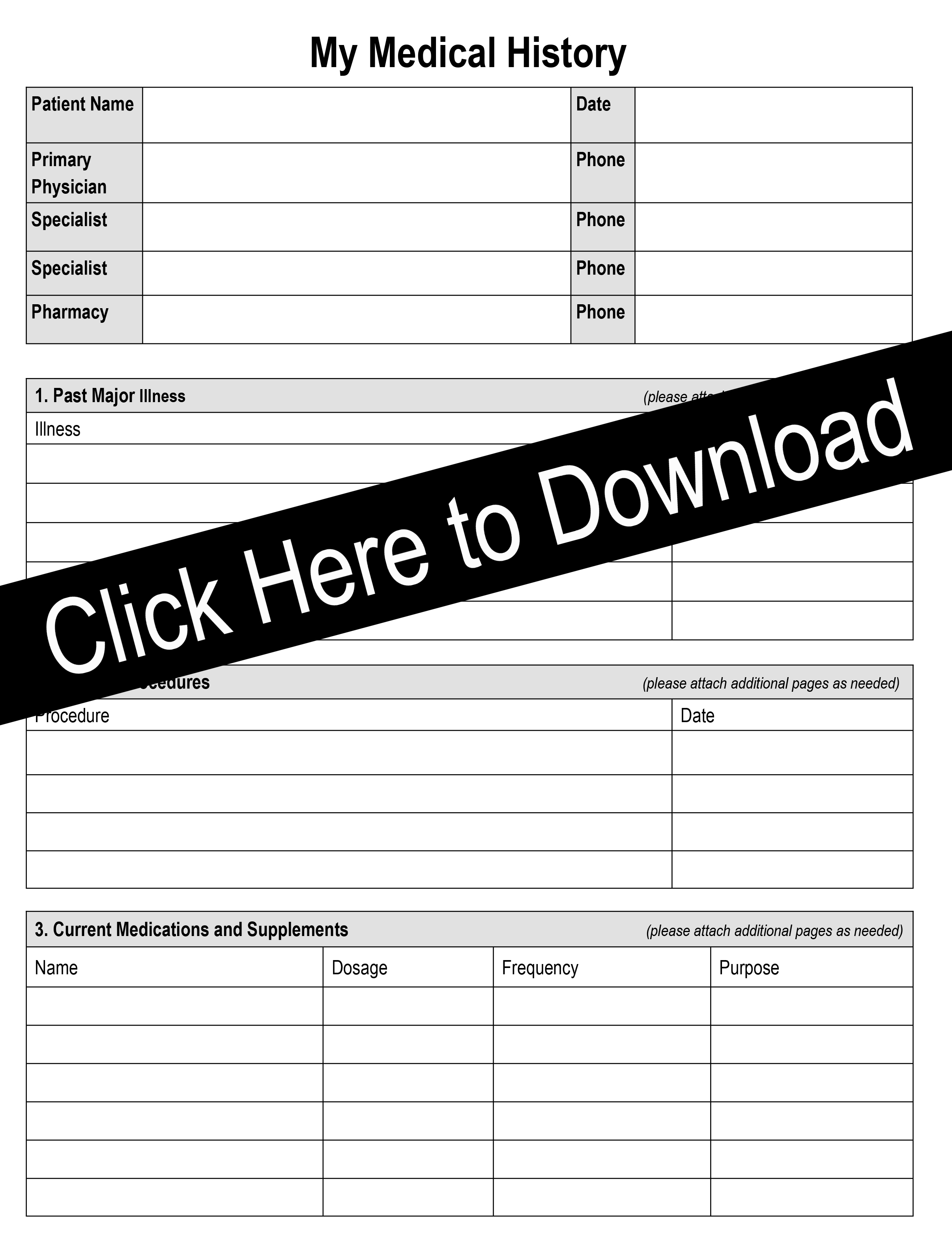
Dear
Friends and Colleagues,
Like me,
you have probably found that talking with patients about COVID19 has been
particularly challenging. There is so much we don’t know, and what we do
believe to be true seems to change every day. Combine this with wide variation
in recommendations from one authoritative source to another and it’s enough to
make a wise doctor’s head spin.
Sifting
through it all, however, there are some basic ideas that we can communicate to
our patients. This list is based on input from a variety of sources, and is far
from complete. And some of it will probably be wrong tomorrow.
- We’ve never dealt with a pandemic like this before, so
all leaders, physicians, researchers, and health care workers are learning
as we go.
- There is no vaccine yet, so there is no way to become
immune other than by (perhaps) catching the illness and recovering.
- Most people who contract COVID19 will have mild illness
not requiring hospitalization.
- People can become infected and unknowingly transmit the
disease before they feel any symptoms.
- A significant number of people, however, will be sick
enough to require hospitalization, and some will die.
- The most important goal is to avoid a large number of
people needing hospitalization at the same time (a “surge”), raising the
possibility that health care resources will not be adequate to care for
everyone. At this point, we expect this surge to occur in Central Texas in
early to mid May.
- We must all do our part to slow the spread of COVID19
so that the surge is manageable. This includes meticulous hand washing,
covering coughs and sneezes, not touching our faces after touching
potentially contaminated surfaces, and wearing face covers in public
places. Each one of these activities alone may only decrease transmission
of the virus a little bit. Taken together, however, and if we all do it,
it makes a huge difference.
- The virus is going to be around for a while (weeks or
months), so these efforts will need to continue for a while (weeks or
months).
- Testing for the disease has an important role, but there
are many caveats related to testing, including the type of test, the
timing of the test, the reliability of the test, and the severe limitation
on the quantity of test kits available. All of these issues related to
testing are improving.
- There are thousands of people in Central Texas alone
working solely on the COVID19 pandemic. At the local level, this includes
local government, a fully integrated city/county crisis response system,
hospital leaders and staff, physicians, nurses, first responders, other
medical technicians and specialists, social service professionals,
business leaders, logistics experts, volunteers, and many, many others.
Enormous efforts are underway to manage the effect COVID19 is having on
our health care system and our economy.
- Should you need hospitalization, it is important to
write down vital health information ahead of time. Take the time now to
write down your health history, contact information for family members,
and include any legal documents such as power of attorney and medical
directives. Bring this with you if you need to go to the hospital. A
convenient form is included here.
- This pandemic will pass,
and life will return to normal. Some things may change. But rest assured,
Austin will still be weird, and a great place to live.
Keep
showing up, and stay safe out there!
John
Abikhaled, MD
TCMS President
